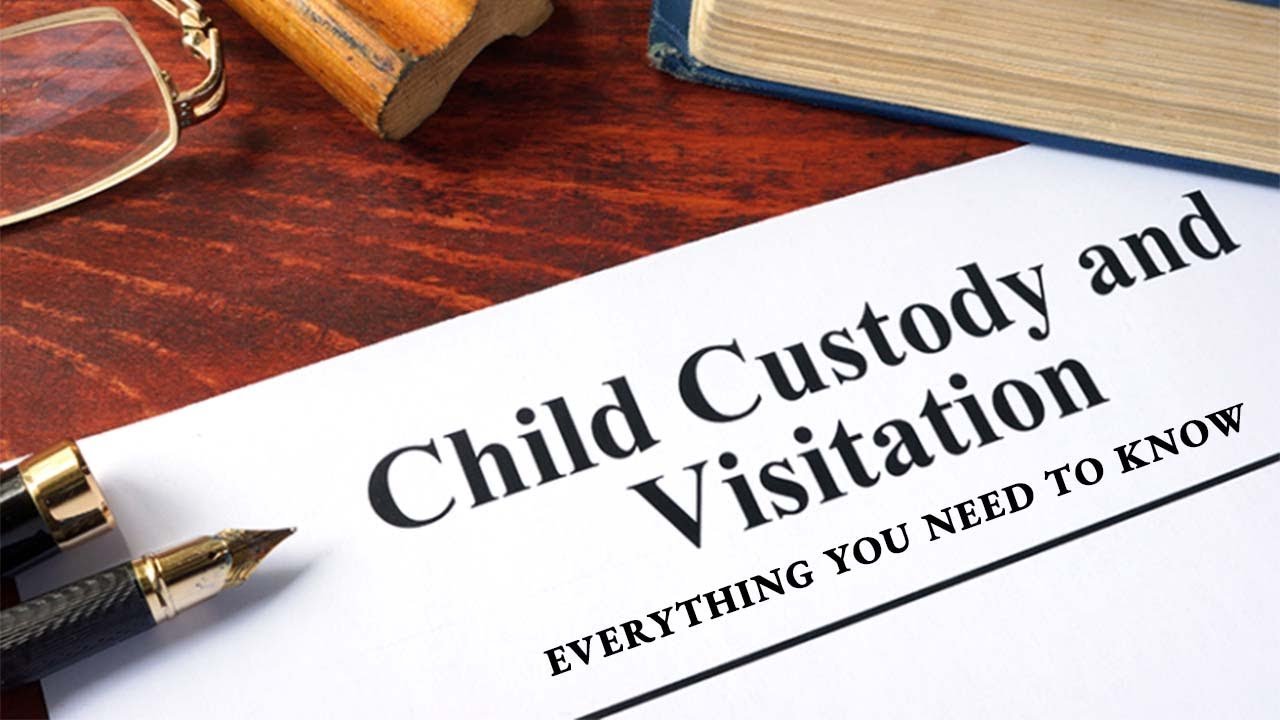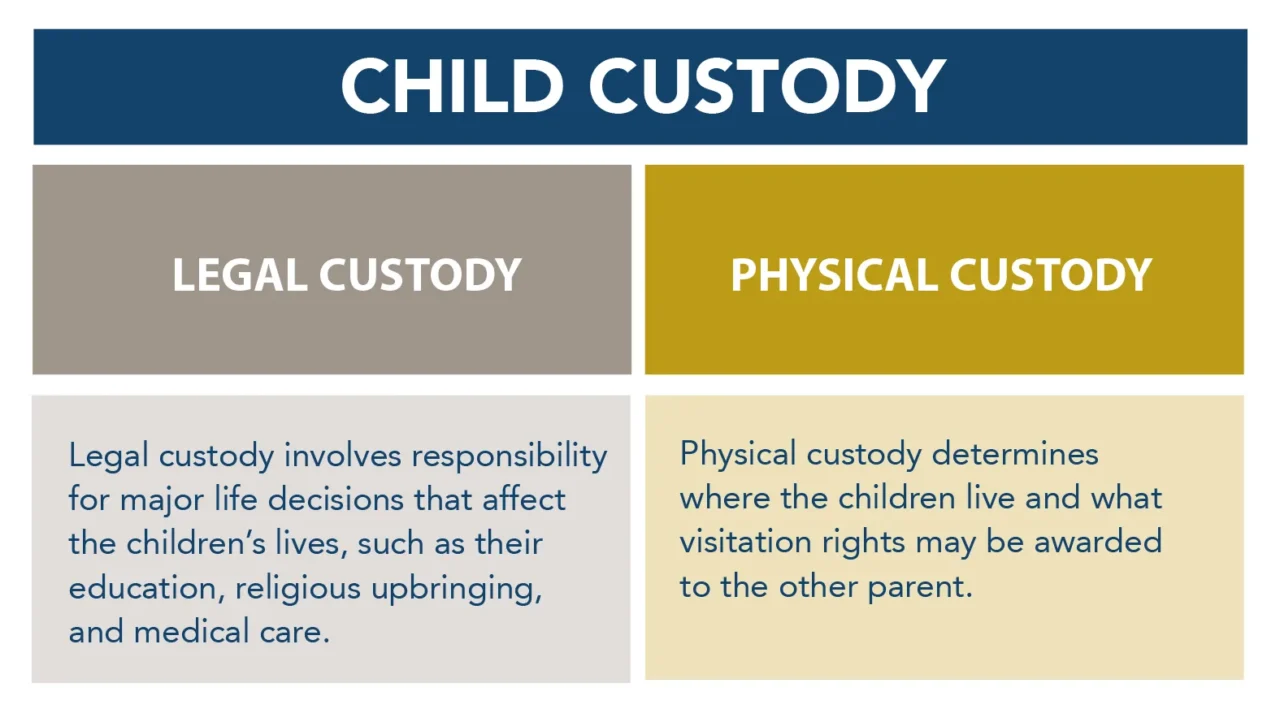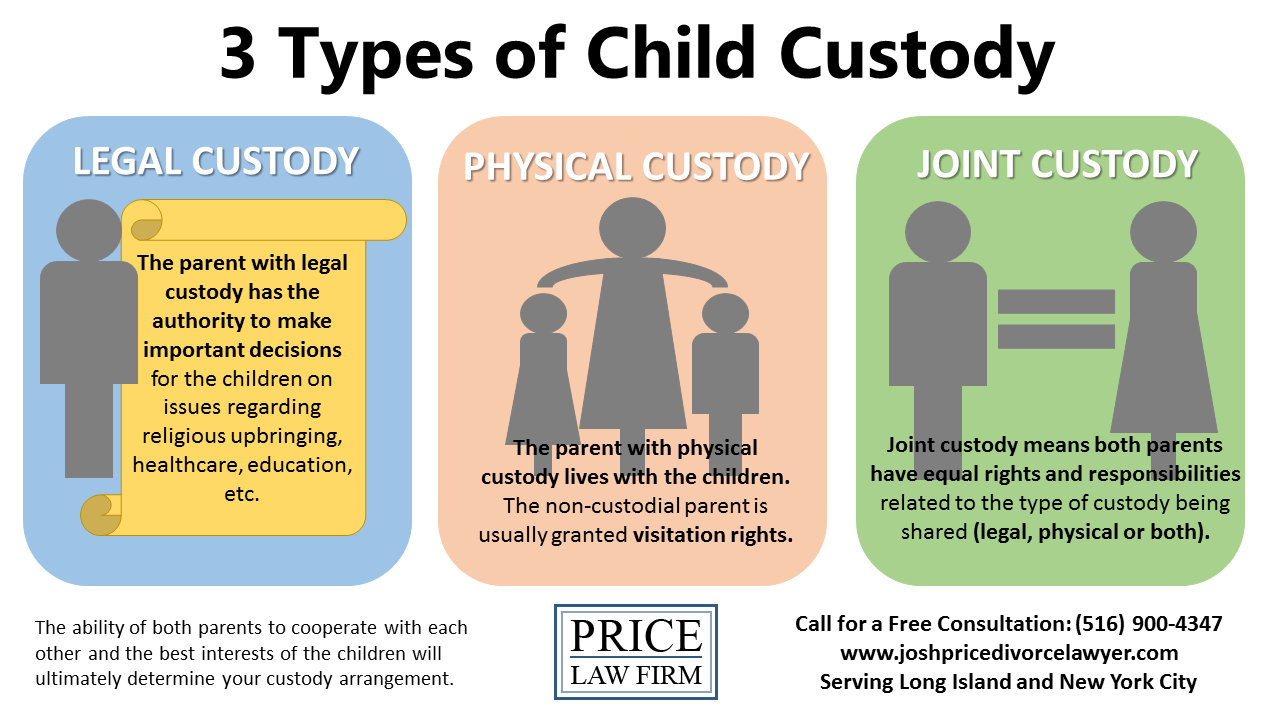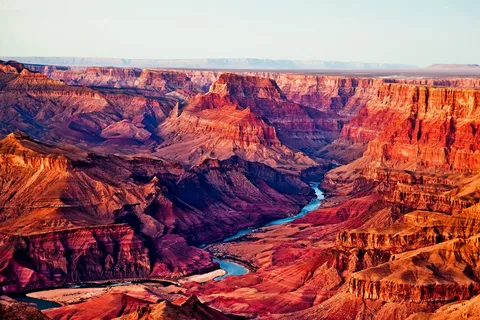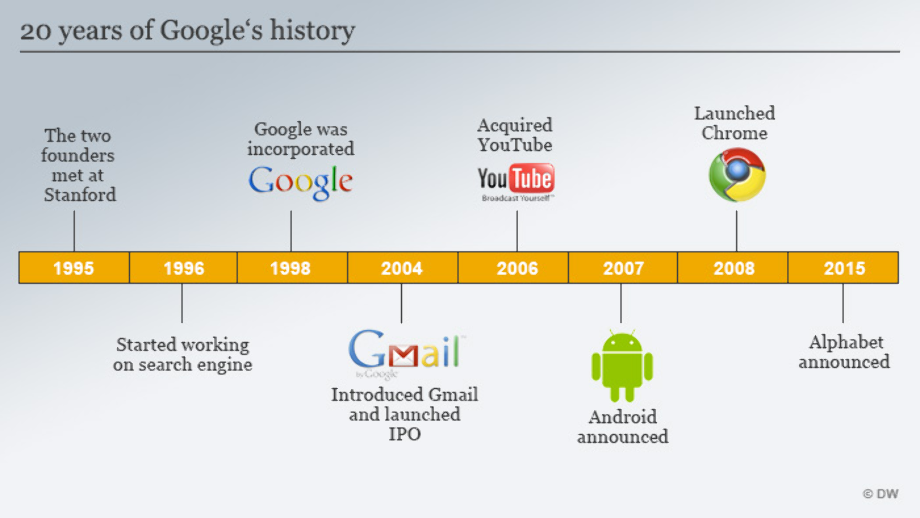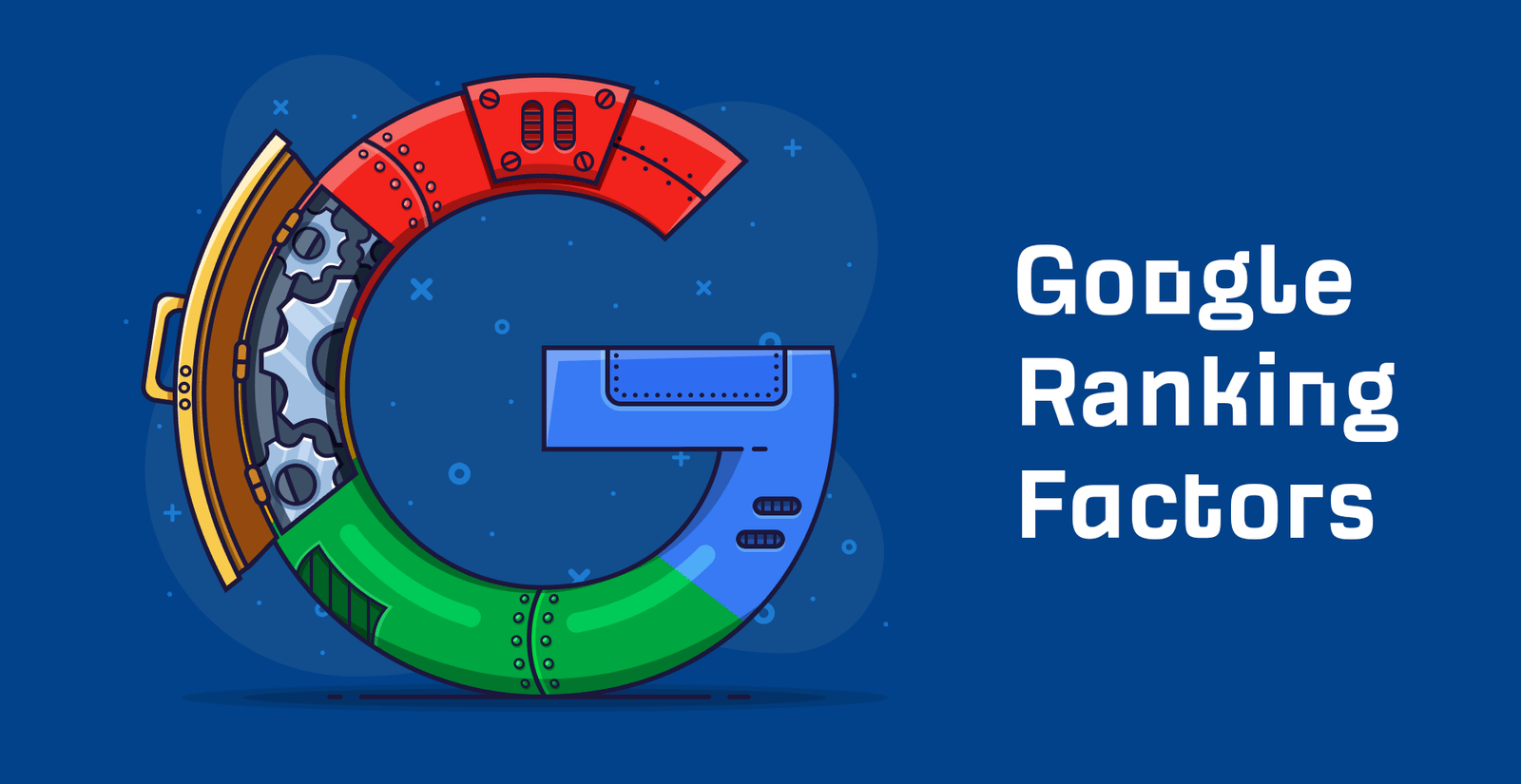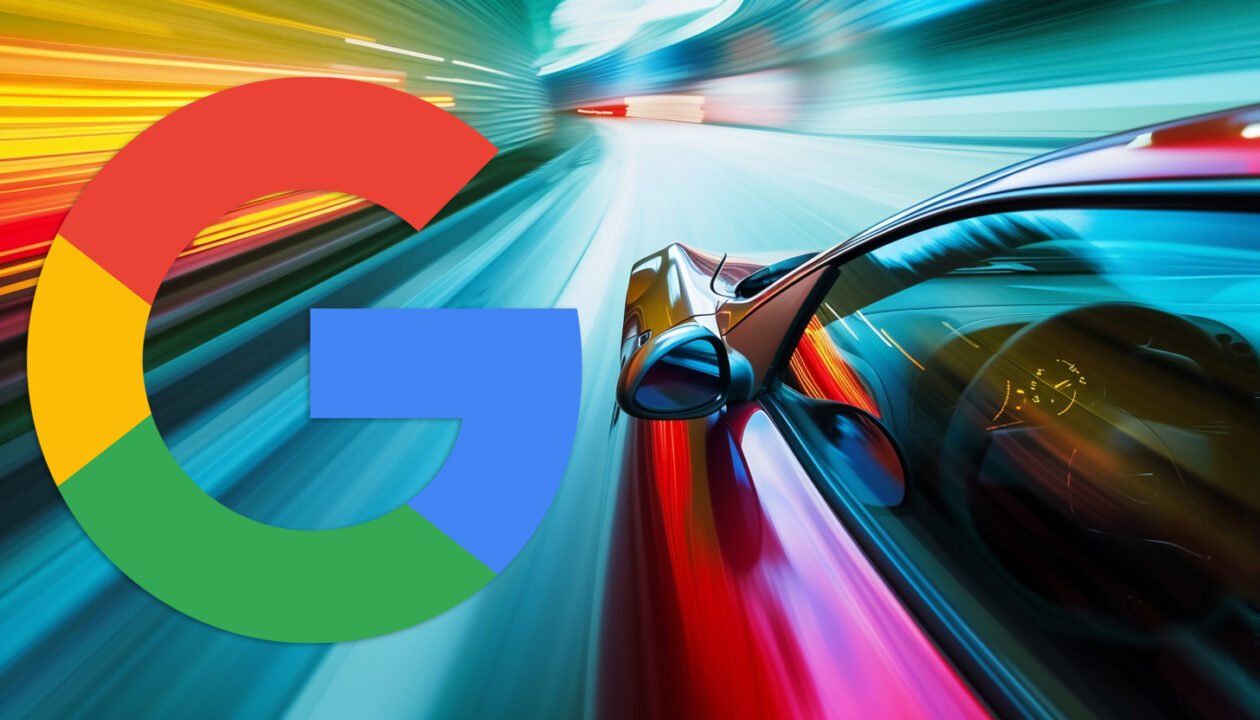Blog
Jared Harris on the Struggles of Modern Film: Harder for Movies Without Superheroes to Succeed’

Jared Harris on the Challenges of Modern Filmmaking
Jared Harris discusses the struggles of modern film. He believes movies without superheroes find it harder to succeed. Jared is famous for his roles in both cinema and television. His father is the renowned Irish actor, Richard Harris. This gives Jared a unique perspective on filmmaking. He admits to being his own harshest critic. This drives his pursuit of excellence. Jared feels big stars in small movies pose challenges for independent filmmakers.
Nicholas Barclay and Frédéric Bourdin
The story of Nicholas Barclay is central to Harris’s career. Nicholas was a young Texan who disappeared in 1994. He was last seen playing basketball with friends in San Antonio on June 13th, 1994. Three years later, Frédéric Bourdin, a Frenchman, assumed Barclay’s identity. Bourdin was flown to the United States. He claimed to have escaped a child-prostitution ring. Bourdin had a pronounced accent and brown eyes. Barclay’s eyes were blue. This case inspired films like “The Chameleon” (2010). It also inspired the documentary “The Imposter” (2012). “Reawakening” is the latest film inspired by this case. It was directed by Virginia Gilbert. It features Harris and Juliet Stevenson. They play a London couple. The story is about the return of their daughter. She was missing for 10 years.
Expanding on Real-Life Examples
Jared Harris on the Struggles of Modern Film: ‘Harder for Movies Without Superheroes to Succeed’
Harris mentions the documentary “The Imposter” as a critical influence on his work. There are numerous real-life examples of people in similar situations, which was vital for Erin Doherty’s character in “Reawakening.” For Harris and Juliet Stevenson, it was essential to understand the turmoil the parents experienced—the not knowing what happened to their daughter and holding out hope for a genuine reunion.
Returning to His Roots
Harris’s connection to his Irish roots is profound. His father, actor Richard Harris, brought him back to Ireland earlier this year for the red-carpet premiere of “Reawakening” at the Dublin International Film Festival. This trip allowed him to reconnect with his Irish family and friends, but also meant watching himself on the big screen—a task he finds challenging. “No one is a harsher critic than yourself,” he admits. The self-doubt and critical inner voice are constant companions, even after seeing the films multiple times.
A Homecoming in Ireland
The Dublin trip felt like a homecoming for Harris, who has extended family in Limerick, his father’s native city. His mother, Welsh actor Elizabeth Rees-Williams, was married to Richard Harris from 1957 to 1969. Richard Harris, known for his spirited personality, was part of the beery Celtic heartiness of the 1960s and 1970s alongside Richard Burton and Peter O’Toole.
“We used to come here a lot when we were younger,” Harris recalls. However, visits ceased following his parents’ divorce as his father’s career took off. Now, Harris finds solace in returning to Ireland with his wife, Allegra, who loves the rainy weather.
The Emotional Toll of Acting
In addition to his role in “Reawakening,” Harris also executive-produced the film. Fruitful collaborations marked his early career with independent filmmakers. He has played emotionally grueling roles, such as the sneering, cool, and fragile artist in Mary Harron’s “I Shot Andy Warhol” (1996) and the coercive, sleazy Russian student in Todd Solondz’s “Happiness” (1998).
These experiences were part of a golden age of independent cinema, influenced by the Sundance Film Festival and filmmakers like Jim Jarmusch and Wayne Wang. However, Harris notes that the influx of big stars working for scale has made it harder for small films to survive. The focus has shifted to giant tentpole movies with special effects, sidelining the nuanced storytelling he fell in love with.
Thriving in High-End Television
Harris is one of the performers who benefited from the rise of high-end television around the turn of the century. He was touching as Lane Pryce in “Mad Men” and equally compelling as George VI in Netflix’s “The Crown.” These roles allowed him to engage in prestige storytelling, a genre Hollywood has largely abandoned in favor of big event films. Harris appreciates platforms like HBO and streaming services for picking up the slack and providing space for these rich narratives.
Joining Prestige TV Series
Another example of Harris’s involvement in prestige TV is AMC’s adaptation of Dan Simmons’s nautical horror novel “The Terror.” He joined crew members Tobias Menzies and Ciarán Hinds in navigating a spooky maritime entity in Arctic waters during the 19th century. “I’ve got a special place in my heart for ‘The Terror,'” Harris says, noting its loyal fan base and cult status.
Early Life and Career
Born in London, Harris’s early life was intertwined with his father’s rising career. Richard Harris’s big break came with “This Sporting Life” when Jared was just two years old. Harris fondly remembers visiting his father on various film sets, including “The Molly Maguires” and “Orca.” These experiences shaped his understanding of the film industry and his approach to acting.
The Influence of Family
Reflecting on his family’s influence, Harris recalls a memory from Norway. His father filmed “The Heroes of Telemark” there. Harris got his head stuck in a barbed-wire fence. This humorous anecdote adds a personal touch. It highlights the impact of his father’s career on his own path.
Harris engages with complex roles. He tackles projects that challenge him emotionally and intellectually. His career showcases the power of storytelling. He stays true to his artistic vision. This is crucial, even in an industry dominated by big-budget spectacles.
Harris navigates the evolving film and television landscape. He is committed to unique, thought-provoking stories. Audiences around the world appreciate this. We can expect much more from Jared Harris. Let’s watch this talented actor. He continues to push boundaries. He captivates audiences with powerful performances.
Jared Harris discusses the struggles of modern film. “Harder for movies without superheroes to succeed,” he says. His career showcases storytelling’s enduring power. Staying true to one’s vision is important. Despite challenges, his work is critically acclaimed. It inspires future actors and filmmakers. We hope Harris will continue to bring more.
FAQ
Q: What is Jared Harris best known for in his acting career?
A: Jared Harris is best known for his roles in high-end television series like “Mad Men” and “The Crown,” as well as his performances in independent films such as “I Shot Andy Warhol” and “Happiness.”
Q: Is Jared Harris involved in any recent projects?
A: Yes, Jared Harris has recently been involved in the movie “Reawakening,” where he served as both actor and executive producer. He has also starred in AMC’s adaptation of Dan Simmons’s “The Terror.”
Q: How has Jared Harris’s family influenced his career?
A: Growing up as the son of actor Richard Harris, Jared was exposed to the film industry from a young age. This familial connection provided him with unique insights into the craft of acting and shaped his understanding of the industry.
Q: What are some challenges Harris has faced in his career?
A: Jared Harris has expressed concerns about the shift in the industry toward big-budget tenderly films, which often overshadow the nuanced storytelling found in independent cinema. Despite this, he remains committed to pursuing meaningful and challenging roles.
Q: What are Harris’s thoughts on the current state of television?
A: Harris appreciates the rise of high-end television as a platform for prestige storytelling. He believes streaming services and networks like HBO are essential for providing space for rich narratives often sidelined in mainstream cinema.
Blog
what is joint custody: Latest
Blog
Best Vacation Spots in the US:

A Guide for Citizens and Visitors
Best Vacation Spots in the US: The United States is a treasure trove of vacation destinations, offering an incredible variety of landscapes, cultures, and experiences. Whether you are a U.S. citizen exploring your own backyard or a traveler from abroad looking to immerse yourself in the American experience, there’s something for everyone. Here are some of the best vacation spots in the U.S. to consider for your next adventure.
1. New York City, New York
For a city that never sleeps, New York is a must-visit destination. Home to iconic landmarks like Times Square, the Statue of Liberty, and Central Park, the city offers a vibrant mix of culture, cuisine, and entertainment. Don’t miss the Broadway shows, world-class museums like the MET, and the bustling neighborhoods like SoHo and Williamsburg.
- Ideal For: Culture enthusiasts, foodies, and urban adventurers.
- Pro Tip: Visit during spring or fall to enjoy pleasant weather and fewer crowds.
2. Grand Canyon, Arizona
This natural wonder is awe-inspiring and a perfect destination for nature lovers. Hike along the South Rim, take a helicopter tour for breathtaking views, or raft down the Colorado River for an unforgettable adventure.
- Ideal For: Outdoor enthusiasts and families.
- Pro Tip: Sunrise and sunset offer the most stunning views.
3. Honolulu, Hawaii
Experience the tropical paradise of Hawaii’s capital city. From the famous Waikiki Beach to the historic Pearl Harbor sites, Honolulu is a blend of relaxation and cultural heritage.
- Ideal For: Beach lovers, surfers, and history buffs.
- Pro Tip: Explore nearby attractions like Diamond Head and Hanauma Bay for snorkeling.
4. Yellowstone National Park, Wyoming/Montana/Idaho
America’s first national park is a wonderland of geysers, hot springs, and diverse wildlife. Old Faithful and the Grand Prismatic Spring are must-sees, but the park also offers incredible hiking and camping opportunities.
- Ideal For: Nature lovers and adventure seekers.
- Pro Tip: Visit during late spring or early fall to avoid the summer crowds.
5. New Orleans, Louisiana
Known for its vibrant culture, jazz music, and Creole cuisine, New Orleans is a city like no other. The French Quarter, Bourbon Street, and Mardi Gras are just the beginning of what this lively city has to offer.
- Ideal For: Music lovers, food enthusiasts, and partygoers.
- Pro Tip: Visit in April for the New Orleans Jazz & Heritage Festival.
6. San Francisco, California
Famous for the Golden Gate Bridge, Alcatraz Island, and its eclectic neighborhoods, San Francisco offers a mix of natural beauty and urban charm. Explore Fisherman’s Wharf, ride the iconic cable cars, and take a day trip to wine country.
- Ideal For: Couples, families, and solo travelers.
- Pro Tip: Bring layers; the weather can change quickly.
7. Orlando, Florida
Orlando is a family-friendly destination that promises fun for all ages. Home to Walt Disney World, Universal Studios, and SeaWorld, it’s the ultimate spot for theme park enthusiasts.
- Ideal For: Families and thrill-seekers.
- Pro Tip: Plan your visit during weekdays to avoid long lines.
8. Las Vegas, Nevada
The entertainment capital of the world, Las Vegas is known for its vibrant nightlife, luxurious resorts, and world-class dining. Beyond the casinos, visitors can explore nearby attractions like the Hoover Dam and Red Rock Canyon.
- Ideal For: Nightlife enthusiasts and luxury travelers.
- Pro Tip: Check out the free shows like the Bellagio Fountains.
9. Charleston, South Carolina
This charming Southern city is known for its historic architecture, cobblestone streets, and warm hospitality. Visit the historic plantations, enjoy a carriage ride, and indulge in delicious Lowcountry cuisine.
- Ideal For: History buffs and couples.
- Pro Tip: Springtime offers beautiful blooms and pleasant weather.
10. Anchorage, Alaska
Best Vacation Spots in the US: For a taste of the wild, Anchorage is the gateway to Alaska’s rugged beauty. Experience glaciers, wildlife, and stunning mountain views. Don’t miss a cruise through the Kenai Fjords or a visit to Denali National Park.
- Ideal For: Adventure seekers and nature lovers.
- Pro Tip: Summer offers extended daylight hours to explore more.
The United States offers a rich tapestry of experiences, making it a top destination for travelers from all walks of life. Whether you’re looking for thrilling adventures, serene landscapes, or cultural immersion, the perfect vacation spot awaits you. Start planning your journey today!
Blog
The History of Google: Global Tech Giant
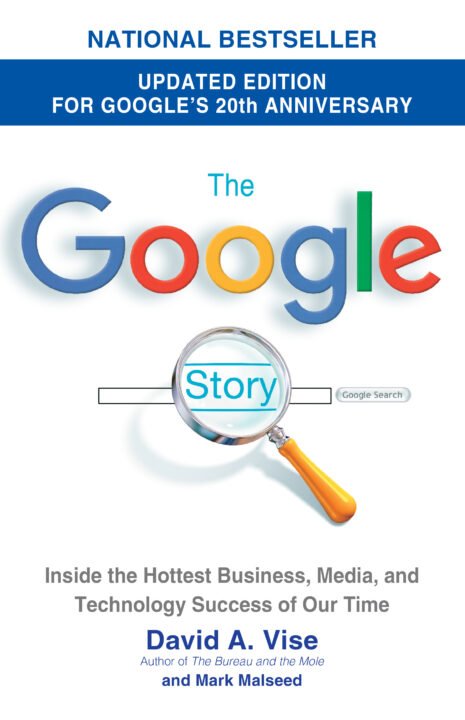
The History of Google: From a Research Project to a Global Giant
History of Google vision, and adaptability. Here’s a deep dive into the history of Google, its evolution, and its impact on the digital age.
Early Beginnings: The Birth of Google
Google was founded in September 1998 by Larry Page and Sergey Brin, both Stanford University graduate students. The pair met in 1995 when Larry was considering attending Stanford for his PhD and was introduced to Sergey, who was already a student. They began working together on a search engine project as part of Larry’s doctoral thesis.
Initially, the duo worked on a project called BackRub, which used a novel algorithm to rank web pages based on the number and quality of links pointing to them. This was a departure from the keyword-based search algorithms that were common at the time. They quickly realized the potential of this idea, which led to the creation of Google.
The name “Google” is a play on the word “googol,” which refers to the number 1 followed by 100 zeros, symbolizing the founders’ mission to organize an immense amount of information on the web.
The Early Growth: Launch and Expansion
Google’s first public release was in 1998, when it was still in beta and running on the Stanford University servers. The search engine quickly gained popularity due to its cleaner, faster interface and more relevant search results. By 1999, the company moved into a garage in Menlo Park, California, which is often considered Google’s official startup base.
In 2000, Google introduced its AdWords program, which allowed businesses to advertise on Google’s search results. This program became the backbone of Google’s revenue model, allowing the company to scale its operations rapidly.
Becoming a Household Name: IPO and Global Expansion
Google’s exponential growth continued in the early 2000s. The company expanded its range of services, including the introduction of Gmail in 2004, which revolutionized email with its 1GB storage and the use of an innovative conversation-based interface.
In 2004, Google went public, with its Initial Public Offering (IPO) raising nearly $2 billion. The stock price skyrocketed, and Google became a publicly traded company. This marked a pivotal moment in the company’s journey, solidifying its place in Silicon Valley’s elite tech companies.
After the IPO, Google continued to expand by acquiring other companies. In 2006, it acquired YouTube, further broadening its scope to video sharing. Over the next few years, Google acquired several other companies, including Android Inc. in 2005, which led to the development of the Android operating system—a key player in the mobile revolution.
The Google Era: Dominance and Innovation
In the following years, Google expanded into various markets, including cloud computing, hardware, and artificial intelligence. The company launched products like Google Maps, Google Drive, and Google Chrome, which have become central to everyday internet usage.
In 2015, Google reorganized itself under a new parent company called Alphabet Inc., with Google becoming its largest subsidiary. This restructuring allowed the company to focus on its core business while also exploring new ventures, including life sciences and autonomous vehicles through its various “Other Bets.”
Google also made strides in AI and machine learning with products like Google Assistant, Google Translate, and Google Cloud AI. The company’s algorithms are integral to billions of searches, and its AI-based technologies continue to drive innovation in numerous industries.
Controversies and Challenges
While Google’s success is undeniable, the company has also faced numerous controversies. Critics have raised concerns about issues such as privacy, monopoly, and censorship. Google has been involved in various antitrust investigations, particularly in the United States and Europe, over its dominance in the search engine market and its handling of user data.
The Future of Google
As of today, Google is an omnipresent force in the digital world, with products and services that touch nearly every aspect of modern life. The company’s search engine remains the most widely used globally, while innovations in AI, cloud computing, and self-driving technology position it to continue its growth for years to come.
Summary
From its humble beginnings as a university research project to a global technology leader, Google has dramatically transformed the way we interact with information. Its expansion into new markets and innovations in AI, search technology, and cloud services suggest that Google’s journey is far from over.
For further reading, you can refer to these sources:
-

 SEO3 months ago
SEO3 months agoBest website platform for seo: top 5 popular websites, 1-book, 25 Top Free SEO Tools,
-

 Blog5 months ago
Blog5 months agoMaria Taylor’s Husband: Jonathan Lee Hemphill’s Job, Family, and Kids Explained
-

 FASHION2 months ago
FASHION2 months agoOld-Fashioned: Styles Across Generation
-

 SEO3 months ago
SEO3 months agoGoogle Ranking Factors: top 50 factors
-

 TECH2 months ago
TECH2 months agoRadiology Tech: Prices, Features, and Buy
-

 Blog2 months ago
Blog2 months agoSigns of a Healthy Relationship:
-

 YOGA2 months ago
YOGA2 months agoDental Care: Can Increase Your Life Expectancy
-

 SEO3 months ago
SEO3 months agoDoes google business profile posting improve rankings: A Latest Guide to Google Visibility books


